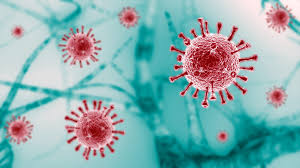By Oana Sanislav et al.
Abstract
The neurological symptoms of COVID-19, such as memory loss, cognitive and sensory disruption (neuro-COVID) are well reported. These neurological symptoms frequently persist for months (post-acute sequalae of COVID- 19 or PASC). The molecular origins of neuro-COVID and how it contributes to PASC are unknown, however a growing body of research highlights that the self-assembly of protein fragments from SARS-CoV-2 into amyloid nanofibrils may play a causative role. Previously, we identified two fragments from the proteins Open Reading Frame 6 (ORF6) and ORF10 that self-assemble into neurotoxic amyloid assemblies. Here we further our understanding of the self-assembly mechanisms and nano-architectures formed by these fragments as well as performing a more in-depth study of the biological responses of co-cultured neurons. By solubilising the peptides in a fluorinated solvent we eliminate insoluble aggregates in the starting materials (seeds) that change the polymorphic landscape of the assemblies. The resultant assemblies are dominated by structures with higher free energies (e.g. ribbons and amorphous aggregates) that are less toxic to cultured neurons. We also show the first direct evidence of cellular uptake by viral amyloids. This work highlights the importance of understanding the polymorphic behaviour of amyloids particularly in the context of neuro-COVID and PASC.
Read more click here

